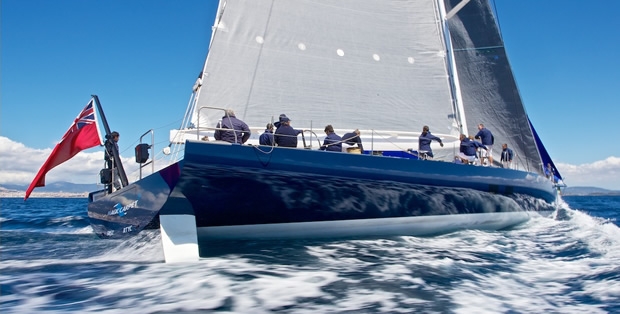
On board the second WallyCento
The second WallyCento is launched, sailing and had her first regatta at Gaastra PalmaVela earlier this month.
While the first WallyCento, Sir Charles Dunstone’s Hamilton was a Judel-Vrolijk design built at Green Marine in Hythe (read more about her here), the new Magic Carpet 3 for Sir Lindsay Owen-Jones is a Reichel-Pugh design, built at Wally’s own facility in Ancona, Italy. Magic Carpet may have been second to launch, but she is the ‘original’ WallyCento, the boat (along with Owen-Jones’ ideas for it) around which the class was designed.
Sadly an opportunity for the two WallyCentos to compete is unlikely to occur until the Maxi Yacht Rolex Cup in September with Dunstone scaling back his race program this year due to some large scale developments in his already consuming business life. But in Porto Cervo they will be in the same waters (but annoyingly probably not the same class) as another new 100 footer, the Finot-Conq designed Maxi Dolphin built, Nomade IV. Even if there are at present no other WallyCentos in build, with Nomade IV, Mike Slade's ICAP Leopard and the two WallyCentos, there is now the beginnings of a class for 50 tonne 100ft maxi racer cruisers, with completely fitted out interiors (as opposed to the stripped out pure racing maxis like Rambler 100, Esimit Europa II or Wild Oats).
The latest Magic Carpet follows on from Owen-Jones’ first Wally 77 (still raced hard as J-One) and his previous much campaigned 100 footer (now sold). The third Magic Carpet was launched mid-April in Ancona, on the east coast of Italy, before being delivered to La Ciotat in the south of France, where all her systems were run up, with crew training taking place both there and in St Tropez before PalmaVela.
Surprising, considering that they are both built to the same box rule, is the significant difference in the hull shapes of Hamilton and Magic Carpet 3, particularly in their respective beam water lines. Magic Carpet is substantially narrower, by up to a metre at her waterline, suggesting that her performance is optimised more for lighter conditions. She also has more overhang fore and aft and has twin rudders, whereas Hamilton is single rudder.
Above: Bob Wylie with Jim Pugh
Bob Wylie, who project managed the new Magic Carpet 3’s build, observes that the narrower water line also impacts the size of the interior of the yacht.
Compared to Hamilton, Magic Carpet’s hull shape is ‘softer’ with a moderate chine that extend around 30% forward from her stern. Her transom profile follows almost a perfect curve, whereas Hamilton’s chines are more pronounced, her hull shape more powerful.
The aim of this Wally-built WallyCento is for them to build more than one, so the build was set up with female tooling made by the specialists at Persico. Engineering of the boat was carried out in house by Reichel-Pugh, but to comply with the WallyCento rule, this is to the Germanischer Lloyd standard. “Generally we had an English team that did all the lamination and the construction of the hull and deck and put the structure in the boat. We are very happy with how the construction went and the build weights have come out pretty well on target,” says Wylie.
While ICAP Leopard and Rambler 100 have canting keels, the WallyCentos (and Nomade IV) have a drop keel (canting keels are prohibited by the WallyCento rule) allowing draft to be increased from 4.4 to 6.2m when sailing. As on Hamilton, Magic Carpet 3’s drop keel, as well as the massive hull to deck keel tower in which it resides, were built by APM in Italy. “That went in straight, really sweet. We basically had the keel fin installed in about four hours one afternoon,” says Wylie. He adds that they left commissioning the bulb until very late in the proceedings (ie around Christmas time), only pressing the button on it when they were absolutely sure of the weight of the rest of the boat.
On board Magic Carpet 3, as ever (and as is required by the Wally rule) there is a considerable expanse of teak deck. The cutest part of this, harking back to Wallys of old, is where the teak work follows a particularly curved part of the cockpit coaming (which must have been a challenging job for whoever made it).
Aloft is the giant Southern Spars rig, built in high modulus carbon fibre using North Technology Group’s TPT technology (as used in 3Di sails). Hamilton’s rig is also from Southerns and according to Wylie is very similar (their racing booms are identical), although he provided additional input following his tenure with the ill-fated Juan K 100 Speedboat/Rambler 100. Both WallyCento rigs have Southern Spars EC6 continuous standing rigging, however on Magic Carpet the turnbuckles are hidden below deck, in an attempt to keep the deck as clean as possible, in line with Wally philosophy. All the mast locks are from Southern too and as on Hamilton there are lock lights to indicate whether each lock is engaged.
Magic Carpet’s sails have been built by North Sails Italy where the team worked with Gigio Russo. According to Wylie the sail wardrobe, conceived between him, Russo and Magic Carpet’s Captain Danny Gallichan, is at present a basic one enabling them to learn about the boat first, to help them discover what they will need. “We took a long hard look at what we were using on Rambler 100 and developed our sails from there."
There is of course a bowsprit from which Magic Carpet 3’s four masthead gennikers and one fractional genniker are flown. The jibs go on to the forestay while the J4 and spinnaker staysail run up an inner forestay.
Right in the bow there is a deep well housing a substantial unit that is a combined forestay ram, jib Cunningham and furler, developed for Magic Carpet by Cariboni, which has supplied all of the new maxi’s complex hydraulics. The ram integral to this allows the rake of the rig to be set (although IRC doesn’t permit this to be changed while racing).
If Hamilton’s foredeck is clean, on Magic Carpet it is for the most part cleaner still with most lines running back from the bow, piped below deck. The headsail tacklines don’t have locks in their 2:1s as Hamilton has. Instead they lead aft to a winch, however they have have been designed so it is easy to switch between the 2:1 and 4:1s purchases on deck.
While the foredeck hatch opens right over the double bed in the owner’s stateroom on Hamilton, on Magic Carpet it opens into a separate sail compartment forward of the boat’s living area (that doubles as crew accommodation when cruising). “We couldn’t convince the owner to have the hatch above his bunk!” says Wylie, “although he did realise that maybe he should have allowed us after he saw Hamilton.”
Access to the sail cavern is via a business-like Italian-built Seasmart hatch. “You buy it and bond it underneath the deck - it is all self-contained,” says Wylie. When closed (via winch handle operation), the hatch is flush with the deck. But when the hatch is open it is a long drop down into the hull.
The sail locker is there to comply with class rules and Wylie says that in anger on the race course, it is only likely to be used for stowing staysails or if there is a late drop on one of the furling sails. Otherwise they drop down the main companionway.
The stanchions are made in titanium and, as with all the metal work on board, were built by Solimar in Italy. The jazzy lifelines are from Marlow and have luminous flecks in them. To satisfy the class rule there is a track for the self-tacking jib, although as on Hamilton, this is a cruising device which doesn’t see action on the race course.
At the mast on Hamilton all the turning blocks are neatly hidden below the deck from where they are piped aft, but on Magic Carpet they are above deck, with lines passing back to the cockpit hidden inside the cockpit coaming. According to Wylie they were unable to hide the turning blocks on Magic Carpet 3 due to the deck camber and way the structure works down below. However it has benefits - “you get to see what’s going on all the time.”
For the headsail sheets there is a transverse track with the jib rings each side operated in unison by hydraulic rams controlling the up/down and in/out. When in cruising mode these same rams are transferred to the jib sheets.
A slight after-thought are Magic Carpet 3’s two utility winches mounted on the deck just aft of the mast. These are principally for the furling and drop lines, but are also used on hoists, before the load on the halyard is transferred back to the cockpit. Part of the reason for fitting them says Wylie was also to remove some hardware from the cockpit.
According to Wylie he spent a season with the team sailing on board the previous Magic Carpet to see how the crew operated. “We worked together and found out how they liked the boat to work and we have tried to keep the same theme going from one boat to the next. The big difference between this boat and the old one was the backstay system and the layout is a bit easier to use than the other boat.” Unlike almost all other Wallys, WallyCentos have running rather than fixed backstays.
In the cockpit Wylie says “the other boat was fore and aft with two winches and you always fell over the mainsheet and you were restricted with what you could do. This is just a little bit more user friendly for when you are sailing the boat.”
As on Hamilton there is a seating area immediately aft of the companionway which in theory is for guests, but when racing is typically used as a convenient place for stacking sails.
Throughout the boat, deck hardware is Harken. In the cockpit there are substantial 1125 and 1135 winches, three each side – primaries, pit and runners - and with some cross sheeting, this provides the use of up to five winches during manoeuvres. All the push button controls are positioned in the cockpit sidewall – compared to having them on the cockpit sole this is neater and prevents them being trodden on accidentally.
As on Hamilton there is a Cariboni Magic Trim for the backstays - the backstay is double ended with one end on the Magic Trim for the fine tune and the other coming up to a cockpit winch for the coarse tune.
Aside from the curved teak deck, other cool features of Magic Carpet are her twin Italian-built WallyCento wheels as well as the push button controls which fit on to a discreet panel on the side of each steering pedestal. Wylie admits that they spent best part of a year trying to source buttons with the right aesthetic quality, eventually choosing the same make as Groupama used on its VO70. So Volvo Ocean Race-winning pedigree buttons...
While Hamilton has a twin computer screen set-up between her steering positions, a ‘command post’, Magic Carpet doesn’t have this, although there is a hoop between the steering positions acting as a hand hold.
Down below the main saloon is not significantly different in layout from Hamilton, however, unlike Dunstone's WallyCento, the interior design of Magic Carpet 3 has been carried out by Luca Bassani and his in house team at Wally. This interior is bright, simple and clean, with teak and maple joinery combined with lacquered white ceiling and sides, and carbon details. Non-structural panels and floorboards all have lightweight Nomex cores.
There is saloon seating to starboard and a dining area to port, with a compact chart table (the lair of Magic Carpet’s navigator Marcel van Triest) aft and to starboard, mirrored by an office/workstation area to port. As is required by Wally rules, there are two windows in the topsides providing a small amount of light to the saloon area.
Heading aft down the port side is crew accommodation (she has four permanent crew) while to starboard is the galley with access to the engine room beneath the cockpit sole. The engine room contains the lifting mechanism for the hydraulic prop and its leg. Rather than having one giant PLC (programmable logic controller) to control the minutiae of the hydraulics, instead there are manifolds and reservoirs dotted around the boat in order to cut down on the weight (and presumably potential for leaks) of pipe runs for the hydraulic fluid. On Magic Carpet Cariboni fitted the entire hydraulic package, including the PLCs.
The biggest different with Magic Carpet’s layout compared to Hamilton is her accommodation forward. On Hamilton the box for the lifting keel is ‘hidden’ into the fore and aft wall of the port guest cabin, with the passageway forward offset to starboard. On Magic Carpet the layout is symmetrical along the centre line with walkways either side of the giant carbon clad keelbox. As Bob Wylie puts it: “Lindsay wanted to have the cabins similar so that he didn’t have the guests complaining!” These guest cabins are fitted with twin bunks and are en suite. Up forward is the owner’s cabin with an aft-facing double bed, again of course all en suite.
This year Magic Carpet is taking part in the major Wally events in the Mediterranean, next up being the Giraglia Rolex Cup starting in St Tropez next month with the Maxi Worlds in September, followed by the Voiles de St Tropez. In the middle of this, the owner intends to use Magic Carpet 3 (as he has with his previous Wallys) to go cruising – using the boat as Wally intended it.
Sir Lindsay Owen-Jones reiterates Mike Slade’s philosophy of owning boats like this: “That is the whole point of Wallys - they have to do both. The only way for them to keep any value is if they can then go on and have a second life. I’ve just sold my other one to someone who may or may not race it, but will certainly use it as a day boat and a cruising boat. She is ten years old and there are not many ex-race boats that are 10 years old that you can give away!”
From Jesus Renedo / www.sailingstock.com
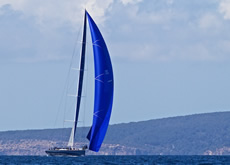 |
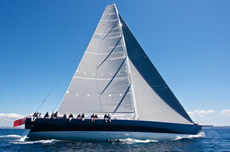 |
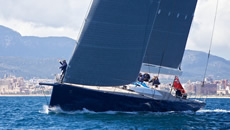 |
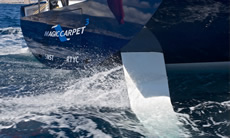 |
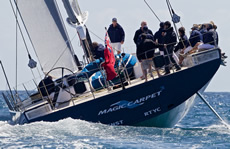 |
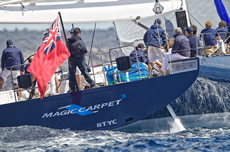 |
From James Boyd / www.thedailysail.com
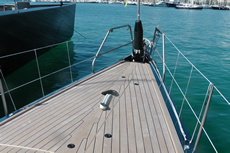 |
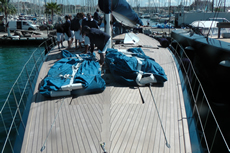 |
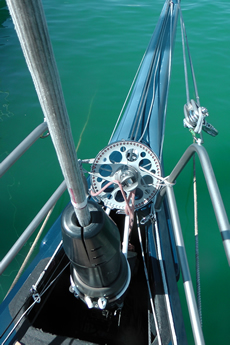 |
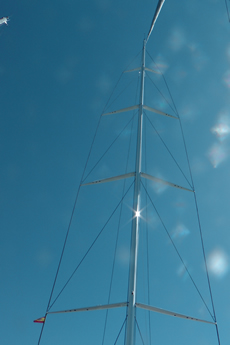 |
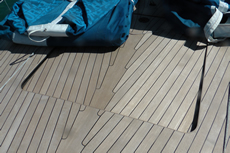 |
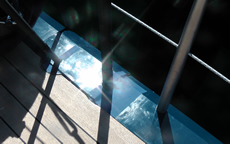 |
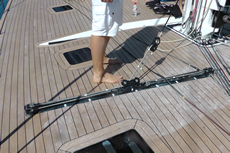 |
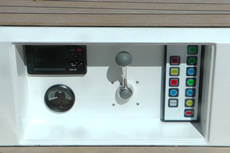 |
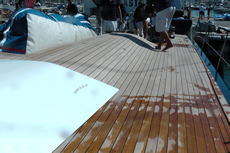 |
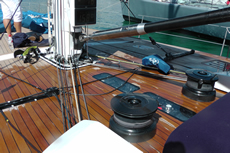 |
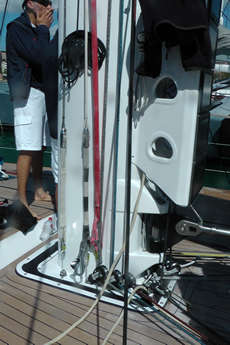 |
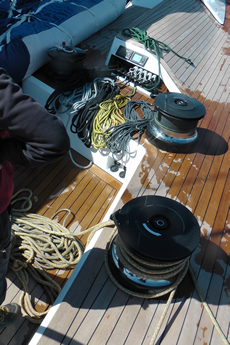 |
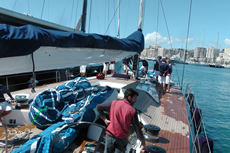 |
|
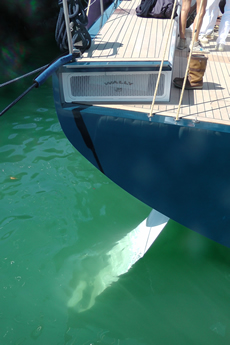 |
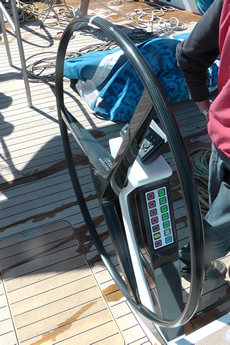 |

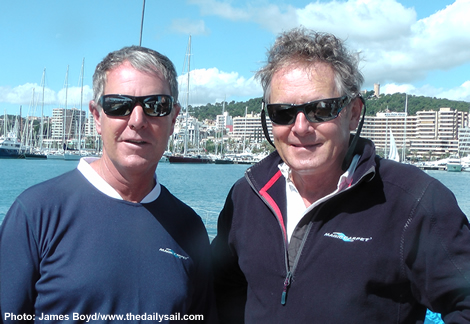
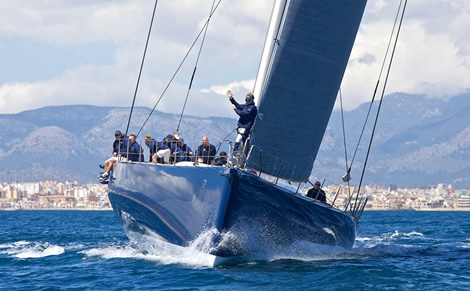
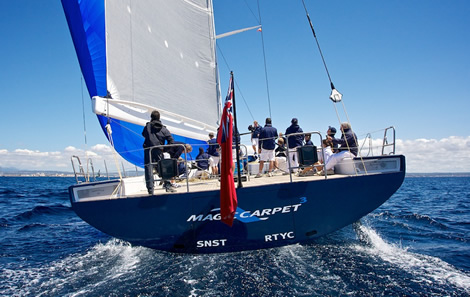
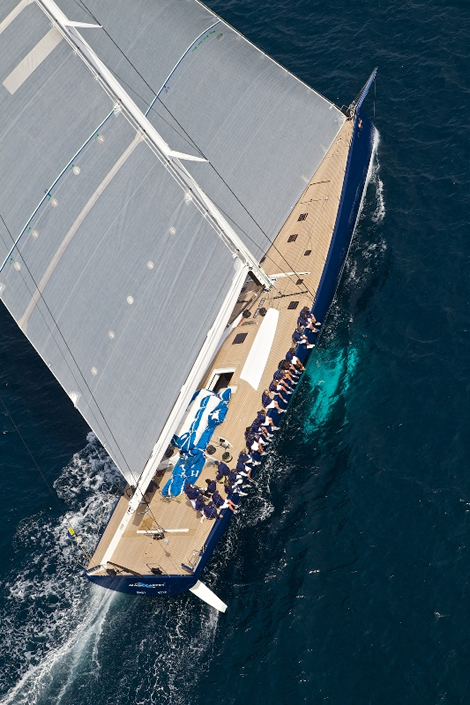
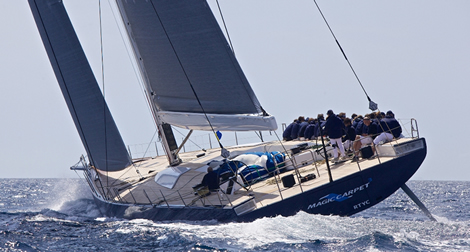
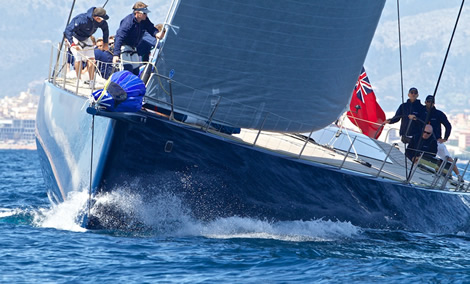








Latest Comments
Add a comment - Members log in